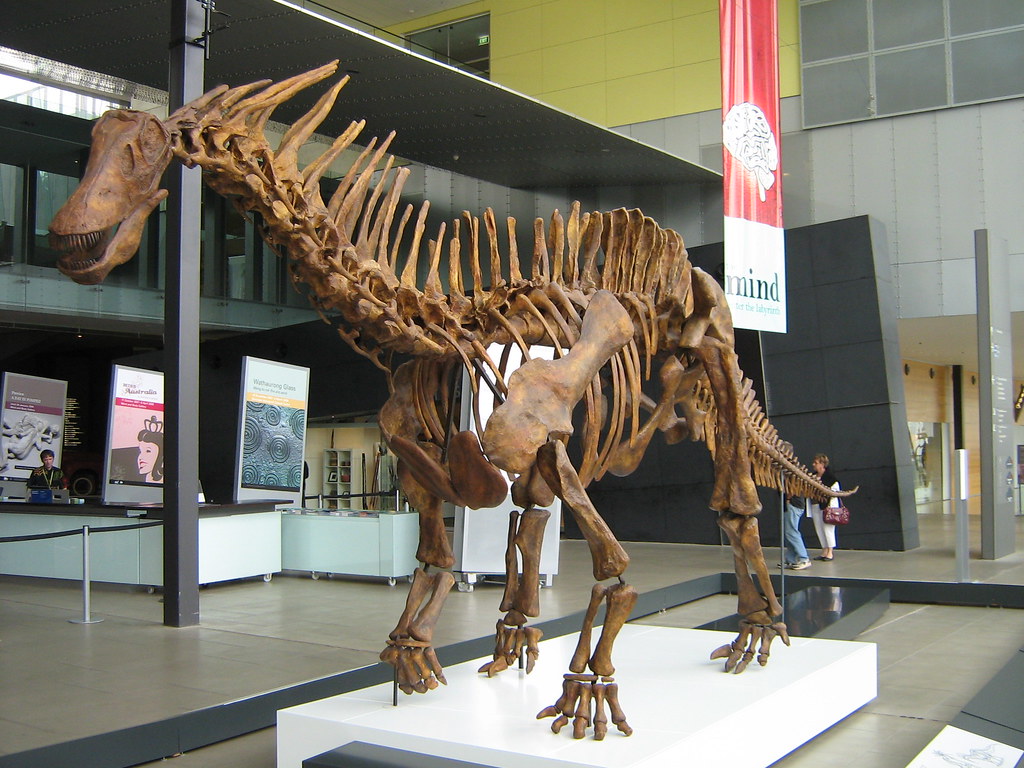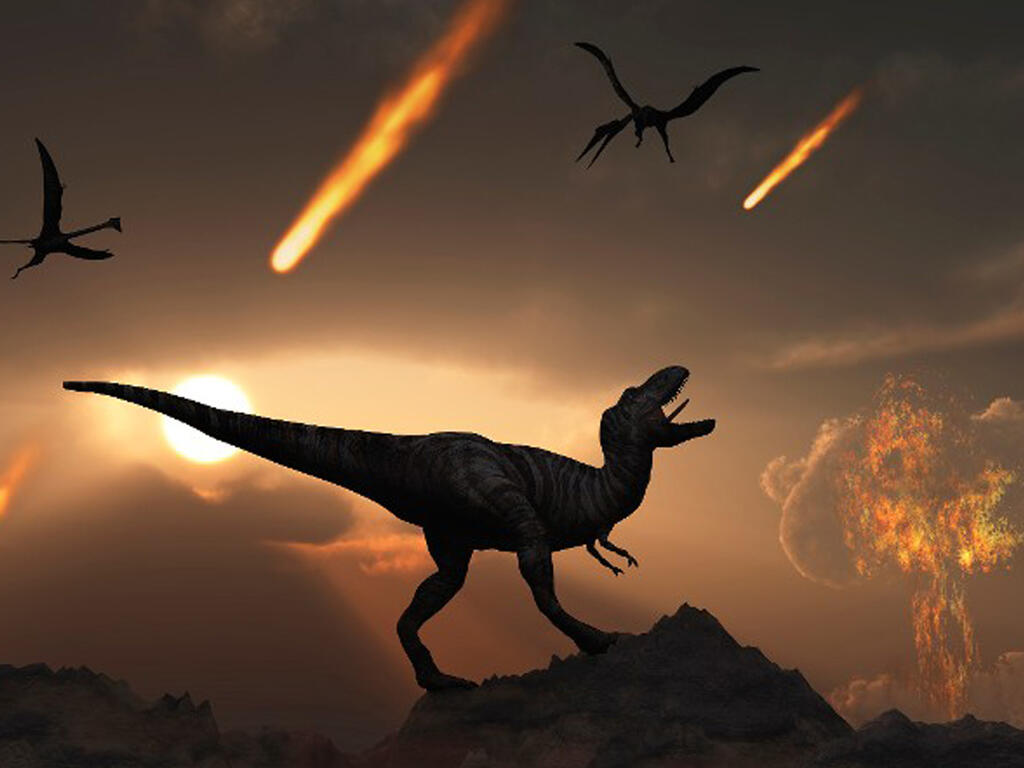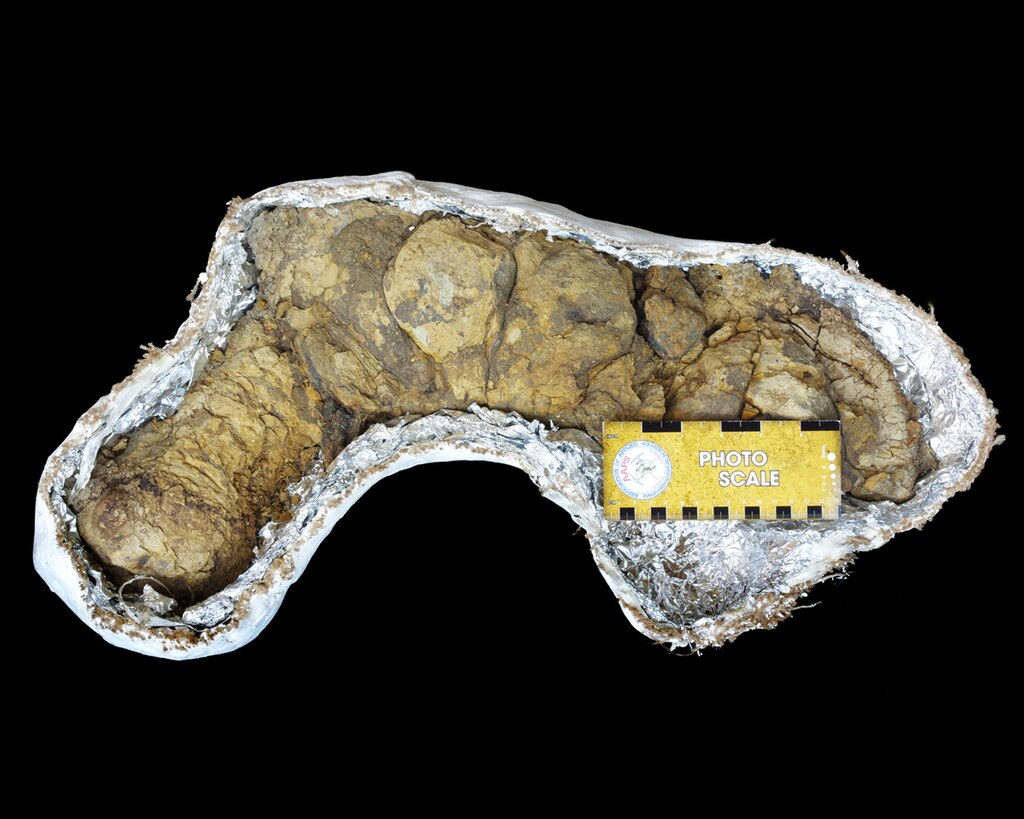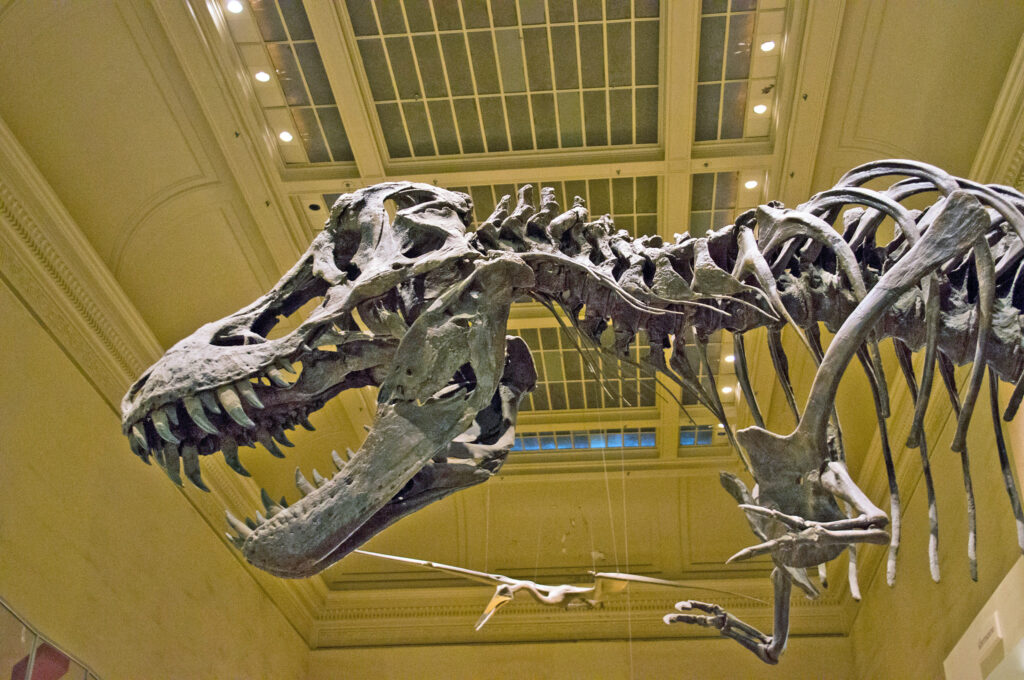Denver’s Museum of Nature & Science houses one of America’s most impressive prehistoric showcases – its celebrated Dinosaur Hall. This immersive space takes visitors on a journey spanning millions of years, from the earliest dinosaur ancestors to the magnificent creatures that dominated Earth’s landscapes before their sudden extinction. What makes this exhibition particularly special is its combination of authentic fossils, cutting-edge research facilities, and interactive displays that bring these ancient reptiles back to life. The hall represents decades of paleontological work, much of it conducted by Colorado-based scientists who have helped reshape our understanding of dinosaur biology, behavior, and evolution.
The History Behind Denver’s Dinosaur Collection

Denver’s relationship with dinosaurs began in the late 19th century when the first major fossil discoveries were made in Colorado’s rich geological formations. The museum’s collection grew significantly following the famous “Dinosaur Rush” of the early 1900s, when paleontologists scrambled to unearth specimens throughout the American West. Arthur Lakes, a pioneering geologist, made some of the earliest discoveries in the Morrison Formation near Denver, finding fossils that would later be identified as Stegosaurus and Apatosaurus. These early specimens formed the nucleus of what would become an internationally significant collection. Through subsequent decades, the museum has continued to expand its holdings through field expeditions, donations, and strategic acquisitions, creating a comprehensive archive of the region’s prehistoric life.
The Visible Fossil Preparation Lab

One of the most captivating features of Denver’s Dinosaur Hall is its glass-enclosed fossil preparation laboratory where visitors can watch paleontologists at work. Unlike traditional museum exhibits where only the finished product is displayed, this transparent workspace reveals the meticulous process of transforming raw fossil material into scientifically valuable specimens. Skilled technicians use specialized tools—from dental picks and air scribes to microscopes and chemical solutions—to carefully remove rock matrix from delicate bone structures. Visitors regularly witness real discoveries happening before their eyes as new details emerge from specimens. The lab also serves an important educational function, with staff regularly engaging with the public through demonstrations and Q&A sessions that demystify the scientific process of paleontology.
Colorado’s Prehistoric Giants
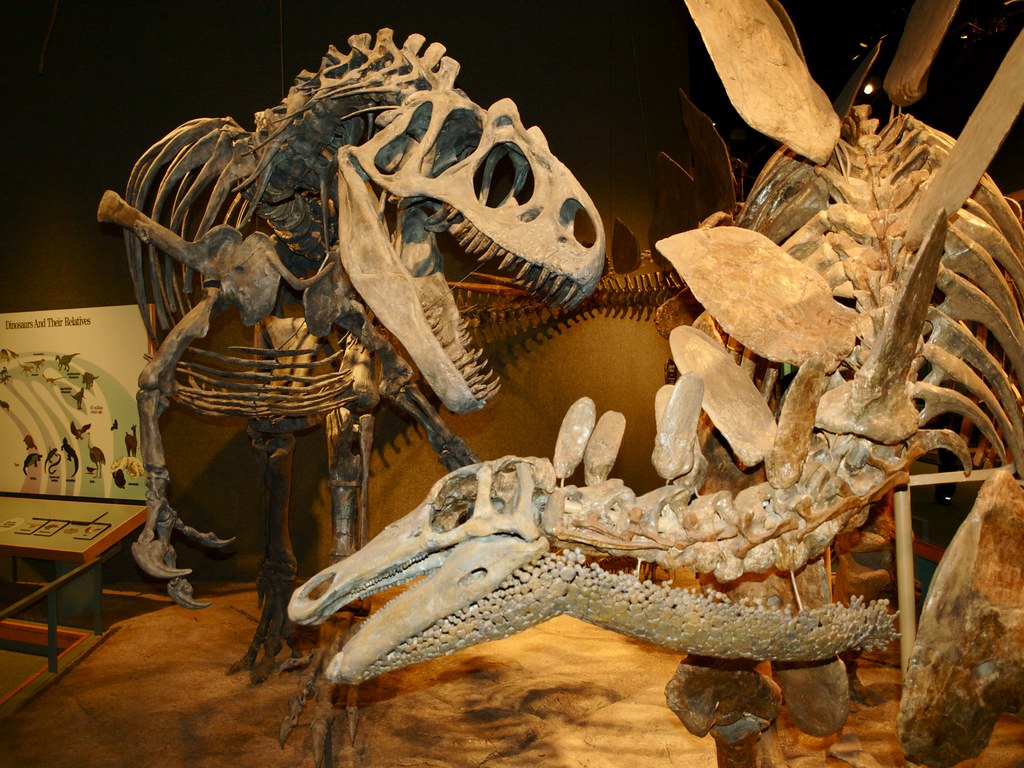
The centerpiece of the Dinosaur Hall celebrates Colorado’s own prehistoric inhabitants, showcasing species discovered within the state’s borders. Stegosaurus, designated as Colorado’s state fossil in 1982, features prominently with its distinctive plates and tail spikes presented in a dynamic posture. Allosaurus, the apex predator of the Jurassic period, towers over visitors with its powerful jaws lined with serrated teeth designed for slicing through flesh. The museum also displays Triceratops specimens, which were particularly abundant in what is now Colorado during the late Cretaceous period. These local connections help visitors understand that the very ground beneath Denver was once home to these extraordinary creatures, creating a powerful sense of place and temporal connection to the distant past.
The Evolution of Flight: From Dinosaurs to Birds
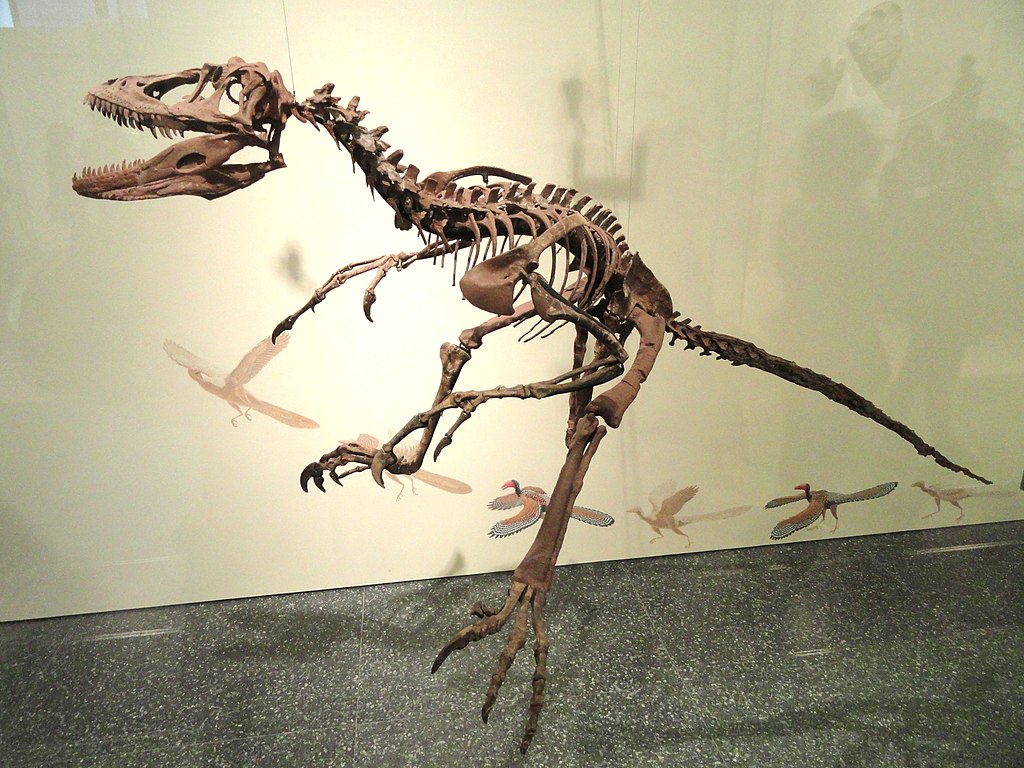
A fascinating section of the hall explores the evolutionary relationship between dinosaurs and modern birds, showcasing the mounting evidence that birds are, in fact, living dinosaurs. Detailed displays feature specimens of feathered dinosaurs like Archaeopteryx and Microraptor, highlighting the transitional features that bridge the gap between reptilian dinosaurs and avian species. Interactive displays allow visitors to compare the skeletal structures of therapod dinosaurs with those of modern birds, revealing striking similarities in wishbones, wrist bones, and other anatomical features. The exhibit also explores the development of flight through evolutionary time, explaining how features initially evolved for other purposes—such as temperature regulation or display—were gradually co-opted for aerial locomotion. This section powerfully illustrates evolution in action, showing how one group of dinosaurs survived the mass extinction to become the birds we see today.
The Dig Pit: Hands-On Paleontology
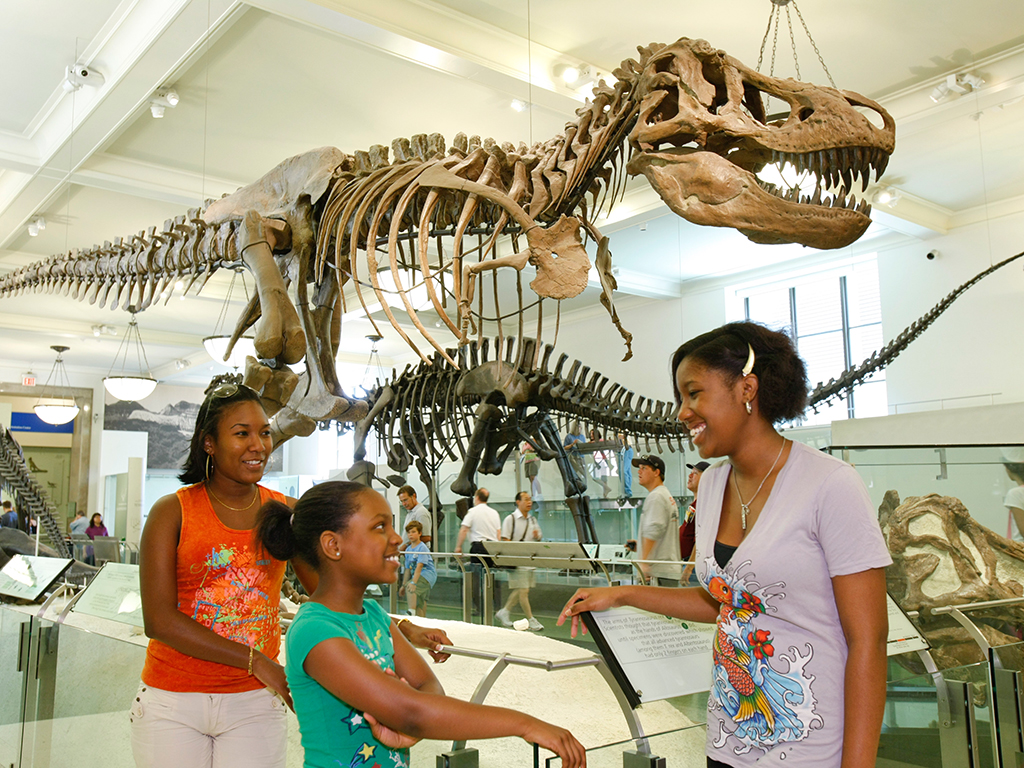
Denver’s Dinosaur Hall excels at engaging younger visitors through its popular simulated excavation area. This carefully designed space replicates an actual fossil dig site, complete with buried replica dinosaur bones embedded in material that mimics sedimentary rock layers. Children don paleontologist vests and use modified tools to carefully uncover these specimens, learning proper excavation techniques from museum educators who guide the experience. The activity teaches participants about stratigraphy—how fossils are preserved in different layers representing different time periods—and the careful documentation required in scientific fieldwork. After discovering specimens, young paleontologists learn to identify different dinosaur bones based on their shapes and features, reinforcing concepts presented elsewhere in the exhibition. This hands-on component creates memorable experiences that often spark lifelong interest in natural science.
The Raptor Exhibit: Recreating Ancient Predators
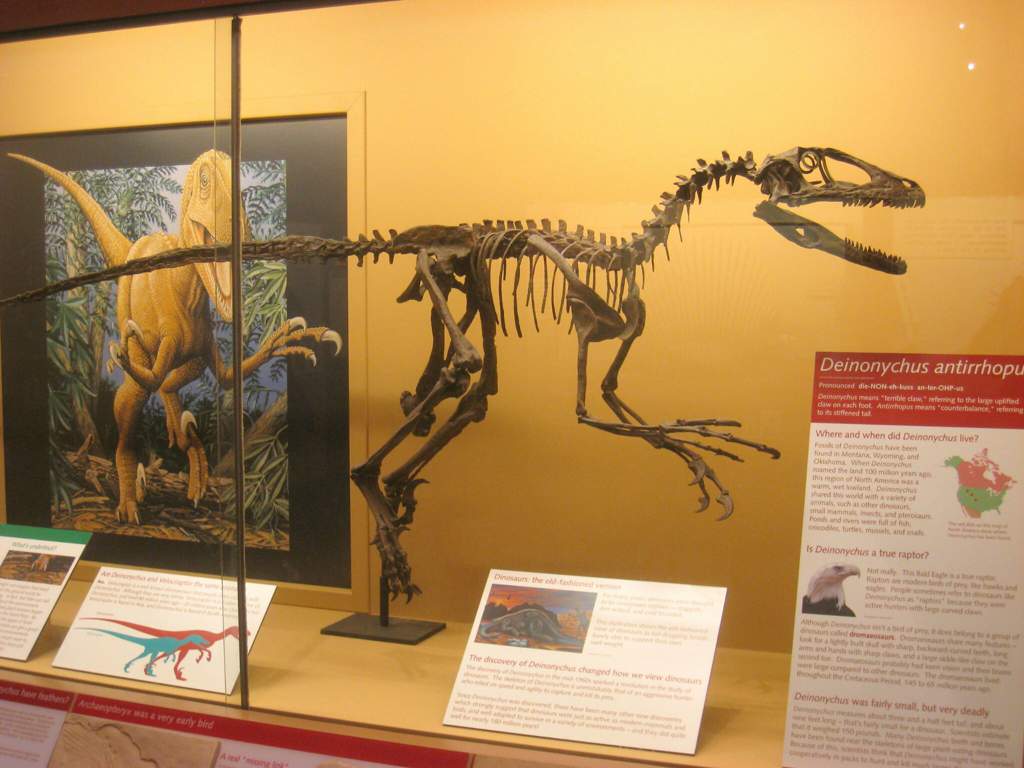
Among the most dramatic displays in Denver’s Dinosaur Hall is the dromaeosaur (raptor) exhibit, featuring lifelike reconstructions of Deinonychus and Velociraptor engaged in hunting behaviors. These models incorporate the latest scientific understanding, including accurate feather coverings that reflect current evidence rather than the scaly representations popularized in films. The exhibit highlights the characteristic features that made these dinosaurs such effective predators: their sickle-shaped retractable claws, binocular vision, and evidence of pack hunting behaviors suggested by multiple specimens found together at certain fossil sites. Motion-activated displays demonstrate how these agile predators likely moved and attacked prey, using their tails for balance while slashing with their fearsome foot claws. The raptor exhibit consistently ranks as a visitor favorite for its combination of scientific accuracy and dramatic presentation that captures the lethal elegance of these prehistoric hunters.
T. Rex: Face to Face with the Tyrant King

No dinosaur exhibition would be complete without Tyrannosaurus rex, and Denver’s specimen doesn’t disappoint. The museum houses a cast of “Sue,” one of the most complete T. rex skeletons ever discovered, positioned in a dynamic pose that suggests movement rather than a static display. Advanced lighting techniques highlight the massive skull with its bone-crushing teeth, while accompanying information explains how this apex predator dominated the late Cretaceous landscape. Interactive stations allow visitors to test their strength against the estimated bite force of T. rex (estimated at up to 12,800 pounds) and compare their running speed to this predator’s probable pace. The exhibit also addresses ongoing scientific debates about whether T. rex was primarily a predator or scavenger, presenting evidence for both behaviors and explaining how modern paleontologists investigate such questions.
Ancient Ecosystems: Beyond the Dinosaurs
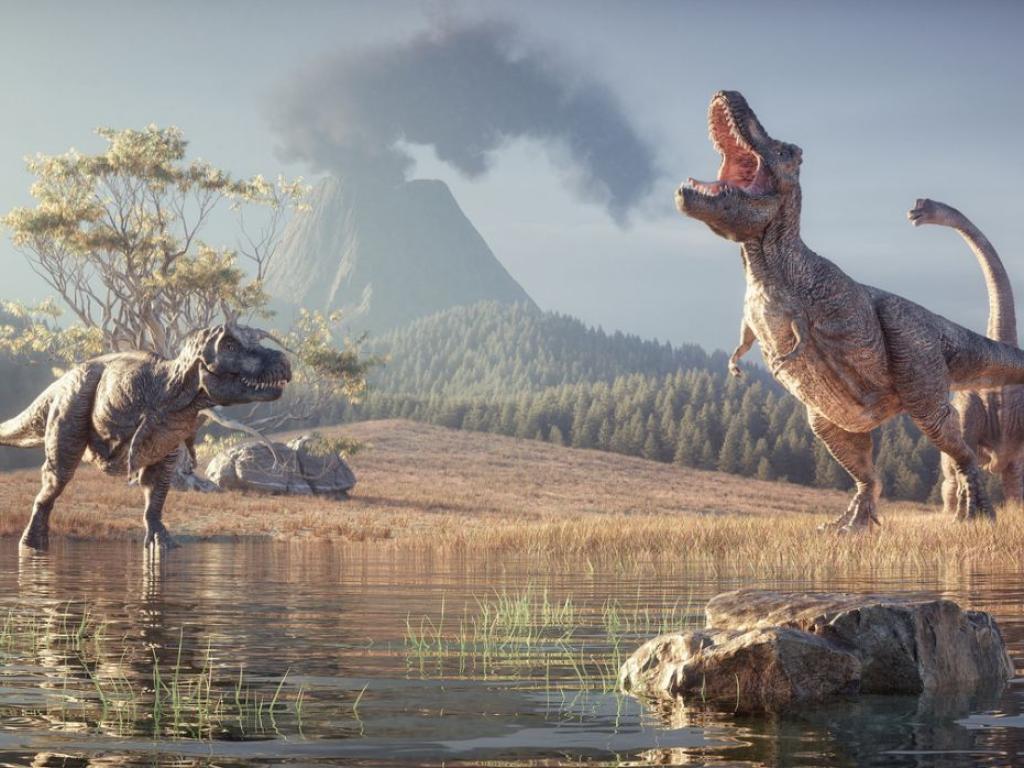
Denver’s Dinosaur Hall excels at contextualizing dinosaurs within their broader ecological settings rather than presenting them as isolated specimens. Elaborate dioramas recreate the ancient environments of the Jurassic and Cretaceous periods, complete with appropriate plant life, smaller animals, and geological features that would have been present. Visitors discover the primitive conifers and cycads that formed dinosaur diets, the early mammals that scurried at their feet, and the flying pterosaurs that dominated the skies. Detailed information explains how paleontologists reconstruct these ancient ecosystems using fossil evidence from multiple sources, including pollen samples, leaf impressions, and trace fossils like footprints and coprolites (fossilized dung). This comprehensive approach helps visitors understand dinosaurs not as monsters or movie characters but as biological organisms that were integral parts of complex, functioning ecosystems.
Colorado’s Dinosaur Renaissance

A dedicated section celebrates the significant contributions Colorado paleontologists have made to dinosaur science in recent decades. The state has been at the center of what scientists call the “Dinosaur Renaissance”—a period of rapidly evolving understanding about dinosaur biology, behavior, and evolution. The exhibit highlights groundbreaking discoveries like the first Stegosaurus nest with eggs, which fundamentally changed scientific understanding of dinosaur reproductive biology. It also showcases innovative research techniques pioneered by Colorado-based scientists, including CT scanning of fossils to reveal internal structures and growth patterns. Interactive displays demonstrate how modern technology like ground-penetrating radar and photogrammetry have revolutionized fossil discovery and documentation. This section gives visitors appreciation for Colorado’s ongoing importance in the field of paleontology, with discoveries continuing to emerge from sites across the state.
Extinction and Legacy: The End of the Dinosaur Era
The exhibition doesn’t shy away from the dramatic conclusion of the dinosaur story: the mass extinction event that occurred approximately 66 million years ago. Through compelling visuals and interactive elements, visitors learn about the leading theory involving a massive asteroid impact near the Yucatán Peninsula, which triggered catastrophic climate changes. Displays present the geological evidence for this event, including the distinctive iridium-rich layer found at the K-Pg boundary in rock formations worldwide. The exhibit also explores which groups survived this cataclysm and why certain animals (including avian dinosaurs) managed to endure while others perished. A thought-provoking section connects this ancient extinction event to modern biodiversity concerns, helping visitors understand the fragility of ecosystems and the permanent loss that can occur when species disappear.
Behind the Scenes: Field Expeditions and Research
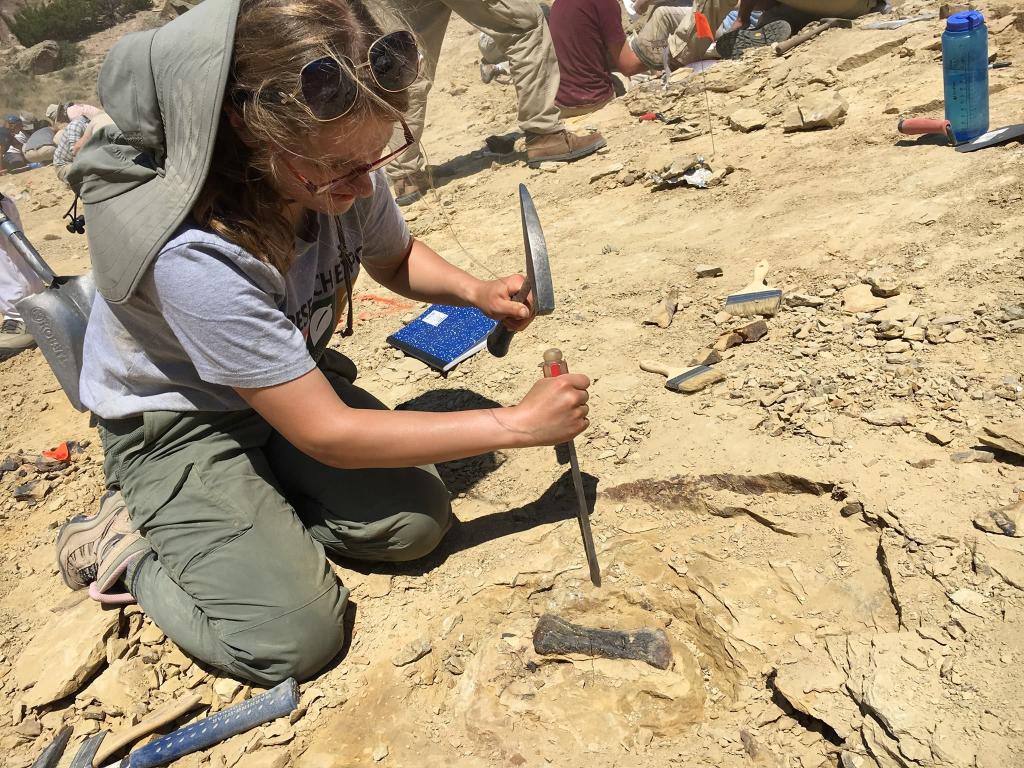
Denver’s Museum of Nature & Science maintains an active paleontological research program, and the Dinosaur Hall includes fascinating insights into this ongoing work. Displays feature equipment used in modern dinosaur digs, from the basic tools that haven’t changed much in a century to cutting-edge technology like portable X-ray machines and 3D scanners now deployed in the field. Photographs and video footage document recent museum expeditions to sites in Colorado, Wyoming, Utah, and beyond, showing the challenging conditions under which fossil discoveries are made. Visitors learn about the complete journey of a specimen—from its initial discovery eroding from a hillside to its final place in the museum collection—appreciating the years of painstaking work involved. This section effectively communicates that dinosaur paleontology isn’t just about past discoveries but remains an active, evolving science with new findings constantly emerging.
Digital Dinosaurs: Technology in the Gallery

Embracing 21st-century exhibition techniques, Denver’s Dinosaur Hall incorporates various digital technologies that enhance the visitor experience. Augmented reality stations allow guests to point devices at certain fossils and see them transformed into fully-fleshed creatures in motion, providing a vivid sense of how these animals might have appeared and moved in life. Interactive touchscreens present detailed information that can be adjusted for different knowledge levels, from basic facts for young children to college-level content for advanced visitors. Motion-sensing projections create the illusion of dinosaurs moving through the exhibition space at certain intervals, startling and delighting visitors with momentary glimpses of the ancient past coming to life. These technological elements are carefully balanced with traditional displays, ensuring that authentic specimens remain the heart of the exhibition while digital enhancements serve to illuminate and contextualize rather than overshadow the fossils themselves.
Educational Programs and Community Engagement
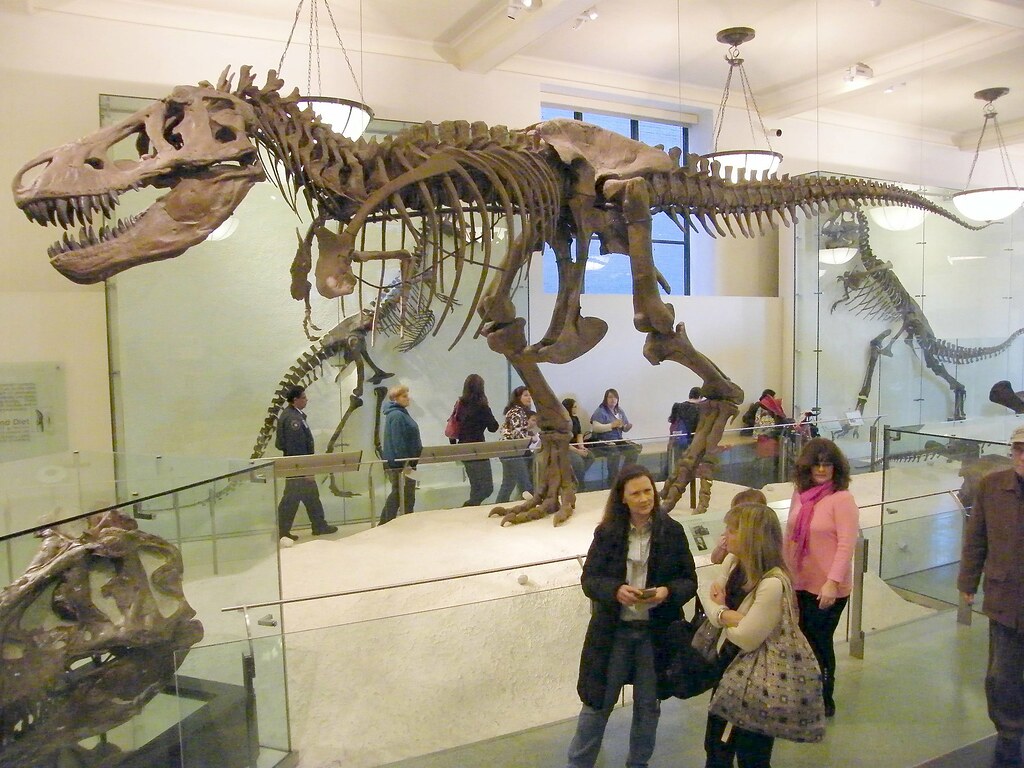
Beyond its permanent displays, Denver’s Dinosaur Hall serves as a hub for numerous educational initiatives that extend its impact throughout the community. The museum offers specialized tours led by paleontologists who provide deeper insights than general exhibition text, allowing dinosaur enthusiasts to dive into specific topics of interest. School programs aligned with state science standards bring thousands of students through the hall annually, with customized activities for different grade levels that build scientific literacy and critical thinking skills. Evening events for adults, such as “Dinos After Dark,” pair scientific content with social experiences, making paleontology accessible to audiences who might not typically visit during regular hours. The museum also maintains connections with amateur paleontology clubs throughout Colorado, hosting meetings and providing guidance that helps channel public enthusiasm for dinosaurs into productive citizen science contributions.
Planning Your Visit: Making the Most of Denver’s Dinosaur Hall
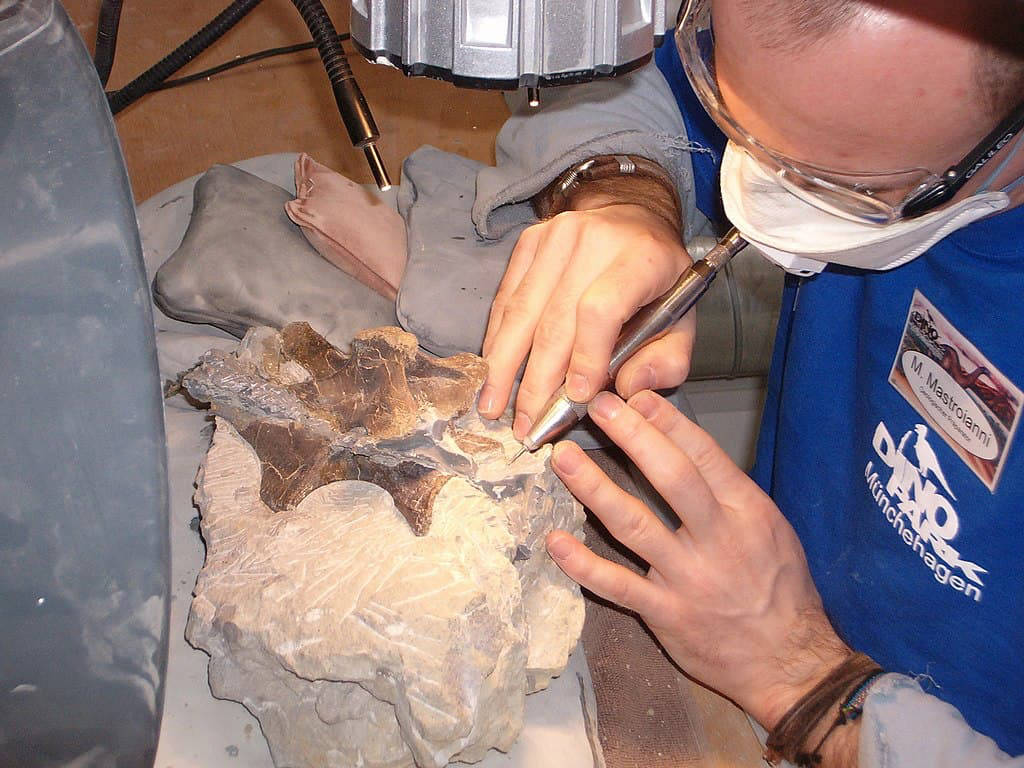
For visitors planning to explore the Dinosaur Hall, timing and preparation can significantly enhance the experience. Weekday mornings typically offer the least crowded conditions, allowing for unobstructed viewing of popular specimens like T. rex and Stegosaurus. Families with younger children benefit from visiting the Dig Pit early in their museum journey, when energy levels are highest for this engaging but physically active experience. The Visible Lab’s demonstration schedule is posted online, enabling visitors to time their arrival to witness specific preparation techniques or fossil specimens being worked on. Photography is permitted throughout the hall, though tripods are restricted during busy periods to prevent creating obstacles for other guests. The museum’s mobile app provides additional content including audio descriptions, behind-the-scenes videos, and suggested pathways through the exhibition based on different interests and time constraints.
Denver’s Dinosaur Hall stands as a testament to both the magnificent creatures that once ruled our planet and the ongoing scientific quest to understand them. From its working fossil laboratory to its dynamic raptor displays, the exhibition balances scientific rigor with engaging presentation, making paleontology accessible to visitors of all ages. As new discoveries continue to emerge from Colorado’s fossil-rich landscapes, the hall evolves as well, ensuring that each visit offers fresh insights into our planet’s remarkable prehistoric past. For anyone fascinated by dinosaurs—whether a serious enthusiast or a curious newcomer—this world-class exhibition provides an unforgettable journey through deep time, right in the heart of Denver.

